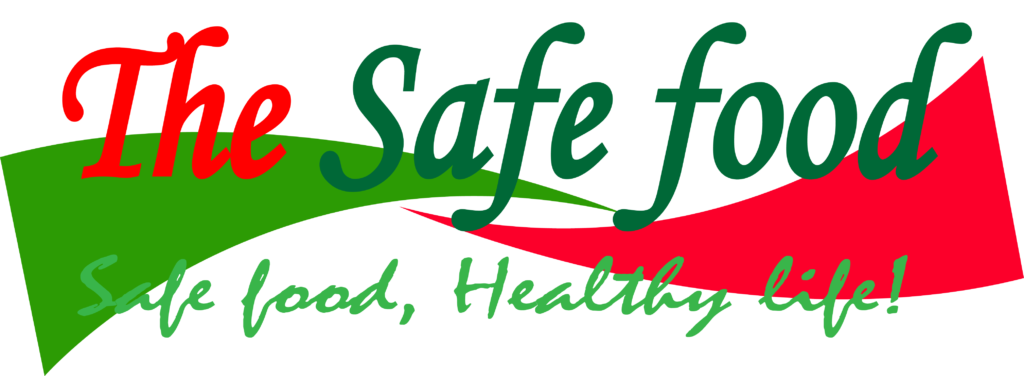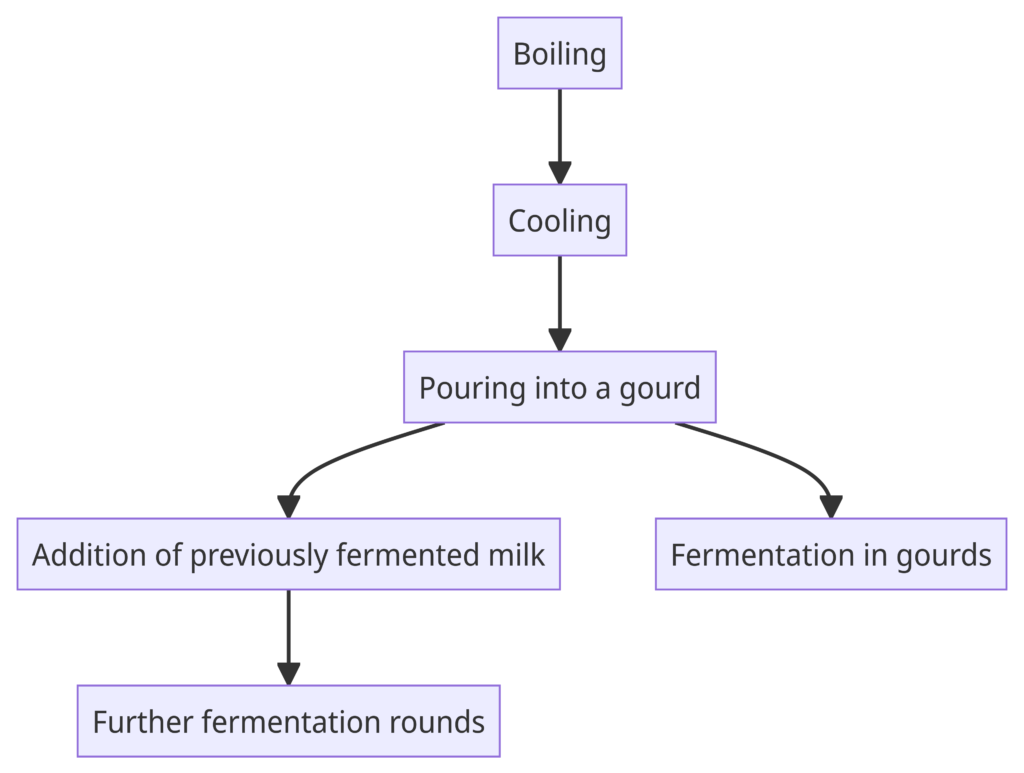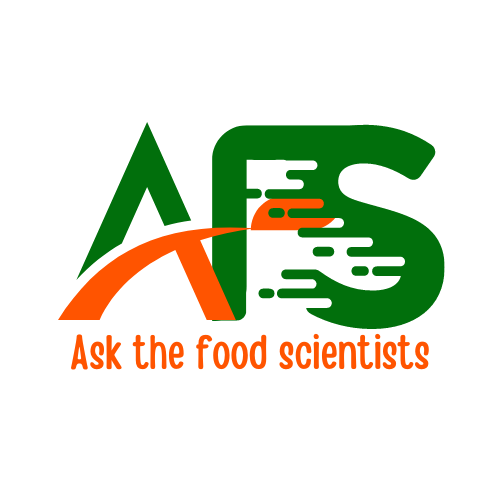What is Amabere amaruranu
Amabere amaruranu is a fermented milk product which is prepared by spontaneous fermentation of milk in a special gourd. Spontaneous fermentation occurs naturally without any attempt to control the fermenting microbiota. The product is usually white in color with a grain-like appearance due to the coagulated curd. In a dition, it is low in viscosity and acidic in taste.

Food safety knowledge is for all!

Every consumer deserves to have high quality and safe food. …Read more!

How is it made?
Fresh milk is boiled and cooled before it is poured into a gourd for the fermentation process. Usually, the fresh milk may be mixed with a small amount of previously fermented milk to make the process faster. In other instances, before the gourd is emptied, fresh milk will top it up for a further round of fermentation. Fermentation traditionally would be carried out in gourds made from hollowed out fruit of Lagenaria spp. However, recently, plastic containers are being used.

Here are the steps involved in the fermentation process explained:
- Boiling: Fresh milk is heated or boiled to kill any harmful bacteria and ensure its safety for consumption. This is equivalent to pasteurization.
- Cooling: The boiled milk is then allowed to cool down to a suitable temperature before further processing.
- Pouring into a gourd: The cooled milk is poured into a gourd, which is a hollowed-out fruit of the Lagenaria species. The gourd serves as the container for the fermentation process.
- Addition of previously fermented milk: In some cases, a small amount of previously fermented milk is added to the fresh milk. This acts as a starter culture and helps to initiate the fermentation process more quickly.
- Further fermentation rounds: After the initial fermentation is complete, instead of emptying the gourd completely, fresh boiled milk is added on top of the fermented milk for a further round of fermentation. Thie previously fermented milk remaining acts as the source of starter culture for the fresh added milk.
- Fermentation in gourds: The gourds made from hollowed-out fruits of the Lagenaria species are traditionally used for the fermentation process. These gourds provide a suitable environment for the milk to ferment, allowing the beneficial bacteria to convert lactose into lactic acid.

How preservation is achieved in Amabere amaruranu
Fresh milk is almost neutral.However, as a result offermantation, acidity of the milk is increased which results in coagulation. This acidity play a amjor role in preservation of Amabere amaruranu. Although the acidity level is undefined, many spoilage microorganisms may not grow under acidic conditions created as a result of fermentation of milk.
Shelf-life of Amabere amaruranu
Although no studies have been published showing the potential shelf life of this product, its storage may be very similar toother fermented milks.However, it may be lower considering the spontaneous nature of the fermentation process.
Potential for commercialization
Spontaneously fermented products are easily spoiled as mentioned above and thus, to commercialize this product, onewould have to identify all the good microorganisms involved in making the distictive flavours and characteristics of the product so as to produce a starter culture. This would offer more control in the quality and safety of the product for commercialization.
Our Blog ↗
Read the latest from our blog
Ask a Question ↗
Ask a question and get answers from our community
Give Feedback ↗
We value your feedback.

